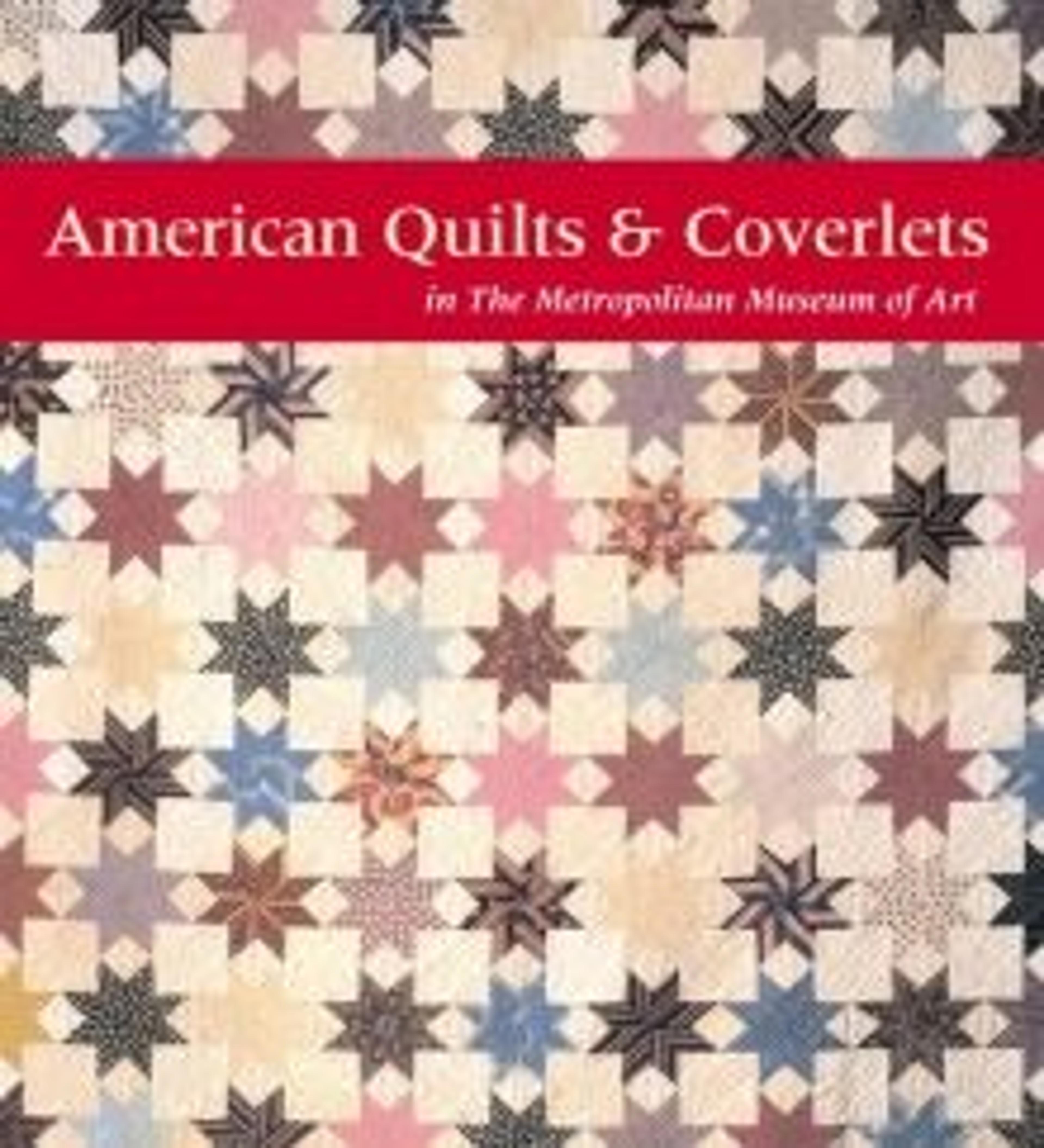Coverlet
This dark blue wool and undyed cotton double cloth coverlet is woven in two panels and seamed at the center. Floral and star motifs typically found in Haring's work decorate the central field. The left and right borders have images of eagles with outspread wings alternating with vases of flowers and pairs of birds in trees. From left to right along each panel of the top and bottom borders, there is a rooster standing on an egg, the inscription cartouche, and an eagle. The Haring trademark of a rose with four leaves on its stem appears in each corner block. There is natural fringe along the bottom edge.
Artwork Details
- Title:Coverlet
- Maker:David Daniel Haring (1800–1889)
- Date:1834
- Geography:Made in Bergen County, New Jersey, United States
- Culture:American
- Medium:Cotton and wool; Doublecloth, woven on a hand-loom with a Jacquard attachment
- Dimensions:98 3/8 x 75 in. (249.9 x 190.5 cm)
- Credit Line:Mrs. Roger F. Brunschwig Fund, 1988
- Object Number:1988.127
- Curatorial Department: The American Wing
More Artwork
Research Resources
The Met provides unparalleled resources for research and welcomes an international community of students and scholars. The Met's Open Access API is where creators and researchers can connect to the The Met collection. Open Access data and public domain images are available for unrestricted commercial and noncommercial use without permission or fee.
To request images under copyright and other restrictions, please use this Image Request form.
Feedback
We continue to research and examine historical and cultural context for objects in The Met collection. If you have comments or questions about this object record, please contact us using the form below. The Museum looks forward to receiving your comments.
